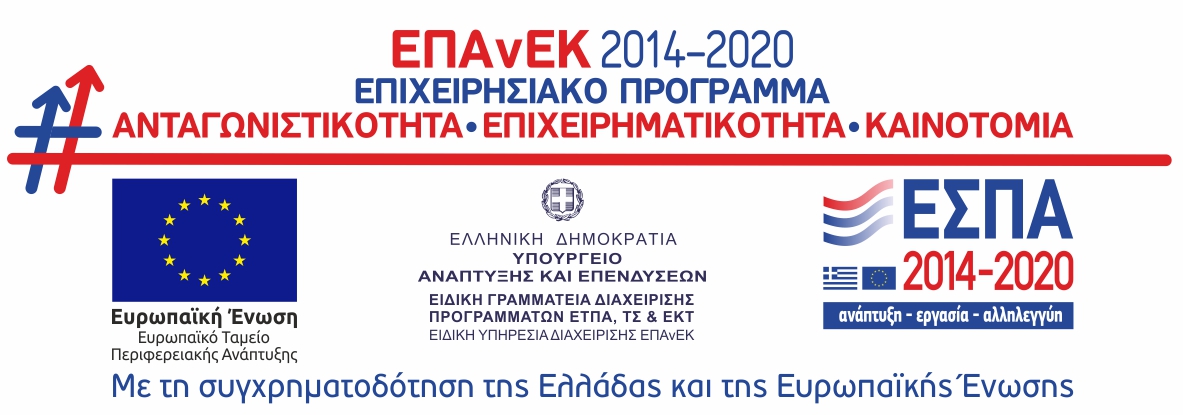TED became popular around the same time as Twitter, so it may come as a surprise to the millions of enthusiastic fans to meet people who haven’t heard of it. TED Talks aren’t quite as ubiquitous as funny-cat videos but they provide an intelligent balance to that more frivolous side of the internet. They also make for a wonderful resource for learning and teaching. Here are six reasons for using TED Talks with your students.
1 TED Talks mean quality extensive listening practice.
Learning a language requires substantial comprehensible input. In other words, learners need to listen to a lot of meaningful speech. Traditional listening activities simply don’t satisfy this need, employing short scripts written to present language within a safe linguistic context of familiar words and structures. But anyone who has learnt a language knows that avoiding the difficulties of listening doesn’t help. Learners can develop listening skills with TED by struggling with fascinating talks containing fast speech and new words. Listening is hard in real life; it needs to be hard in the classroom, too.
2 TED Talks are accessible.
Authentic listening is often out of reach of English learners, especially at lower levels, but TED Talks are accompanied by tools that make comprehension easier. Interactive transcripts make it straightforward to read and listen at the same time, and students can watch TED Talks at home as well as in class. There are even subtitles in many languages for most of the talks. Further support is given in the Keynote course in the shape of key word study and authentic listening skills practice before each talk. By focusing on aspects of authentic listening such as accent, speed, weak forms and fillers, and by learning important vocabulary, students are better prepared to deal with natural speech.
3 TED Talks are interesting.
The original idea for the TED conferences was to present talks by the most interesting people on the planet in a range of fields surrounding Technology, Entertainment and Design. In fact, the talks these days encompass nearly every aspect of innovation and thought, sometimes challenging accepted wisdom, usually exploring very new ideas, and always entertaining. People need a reason to watch, and there are as many reasons to watch TED as there are TED Talks. The motivation this generates is why learners are happy to take on challenging listening comprehension tasks.
4 TED Talks are talked about.
Just as online videos, songs and jokes spread from person to person, so TED Talks get discussed, shared and recycled. In fact, many TED Talks have been watched more than 10 million times. That’s not bad when you consider most are more than ten minutes long, much longer than your average YouTube clip gone viral. Students who get to watch these moments in popular culture are taking part in a world that’s wider than the classroom and enriching their English language lives. This is culture at its most up-to-date.
5 TED Talks encourage critical thinking.
TED Talks are presented by pioneers in their fields who introduce novel ideas. They are frequently critical of outdated technologies and ways of doing things, and encourage viewers to re-evaluate, too. The Keynote course takes this one step further in the Critical Thinking sections, where students are invited to examine the TED Talks critically and to consider carefully such aspects of the talks as tone, supporting evidence and the speaker’s authority.
6 TED Talks are great models for speaking.
If any of your students are likely to speak publicly in English, either for work in business presentations or for formal assessment of their language skills, they will benefit from studying successful speakers and learning a few tricks of the trade. The Keynote series includes a regular Presentation Skills section which examines aspects of public speaking such as demonstrating your point, using slides and persuading your audience. Students get to practise these skills in the safe environment of the classroom.
So there you go. Six reasons to introduce your students to TED. If you’re not sure what a lesson based around a TED talk can look like, check out the Keynote course.











